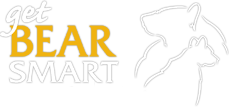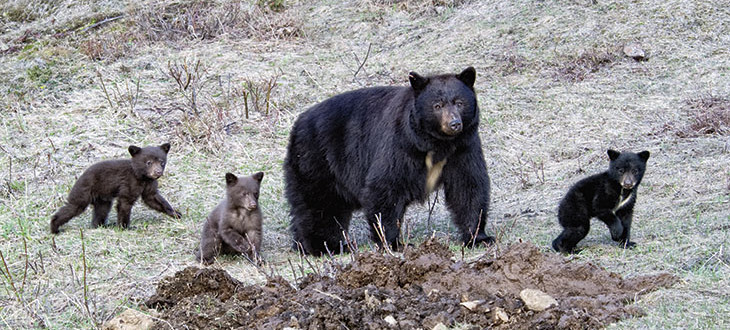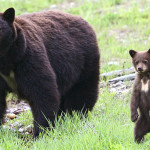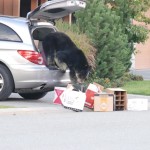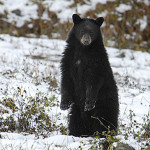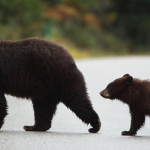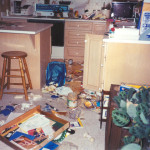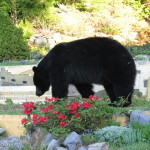I wanna be a bear
If you’re a bear, you get to hibernate. You do nothing for six months. I could deal with that.
Before you hibernate, you’re supposed to eat yourself stupid. I could deal with that too.
If you’re a bear, you birth your children (who are the size of walnuts) while you’re sleeping and wake to partially grown, but cuddly cubs. I could definitely deal with that.
If you’re a mama bear, everyone knows you mean business. You swat anyone who bothers your cubs. If your cubs get out of line, you swat them too. I could deal with that.
If you’re a bear, your mate expects you to wake up growling. He expects that you will have hairy legs and excess body fat. Yup, I wanna be a bear.
The Bear Facts:
The truth is that mother bears are very active in the den prior to birth and when caring for their cubs. They go through many hours of labor and it can be, well…. laborious. After the cubs are born, raising a cub is a full time job. Mothers have to keep their cub(s) warm and fed. They spend the first couple of months hovering over the cub, responding to each vocalization.
If the cub sleeps quietly or makes the pulsing hum of contentment, the mother holds still. If the cub is making a motor-like hum that means they are nursing successfully and mom can relax for a bit. Sometimes, when a cub is just warm and comfortable, it hums too, but more quietly than when nursing.
The mother also needs to lick the cub regularly to stimulate urination and defecation. She consumes the cub’s body wastes and recycles those nutrients.
If the cub squawks, the mother must figure out what is wrong. It may mean the cub is cold, uncomfortable under her, or s/he can’t find a nipple. The loudness of the squawk communicates to mom the severity of the problem and the need for a timely response. A little squawk elicits a little move on mom’s part. A big squawk can elicit more movement. When the squawking stops, the problem has been rectified.
You can learn more about bear vocalizations and what they mean on the North American Bear Center’s website.
